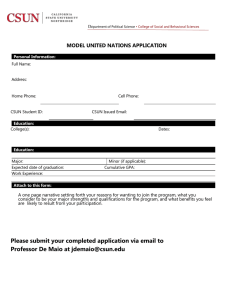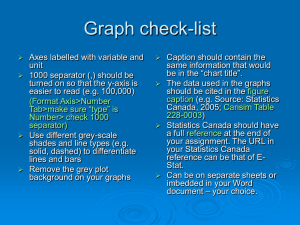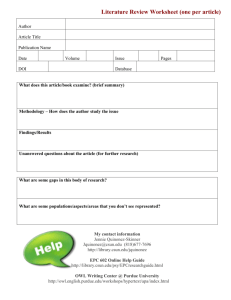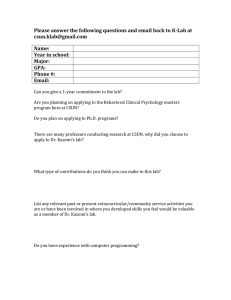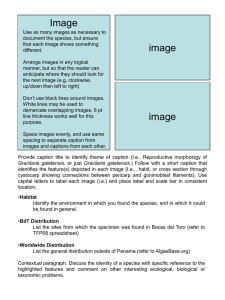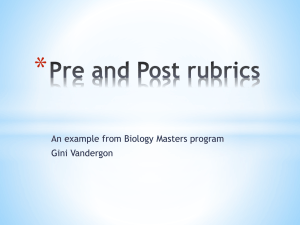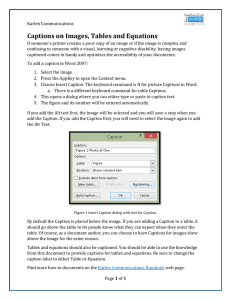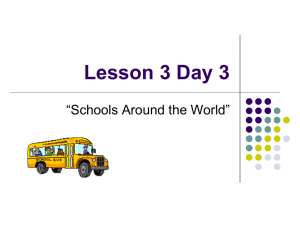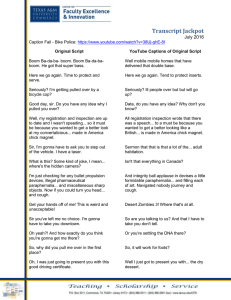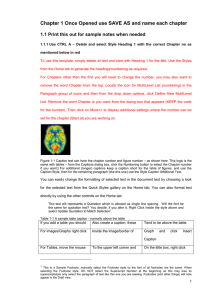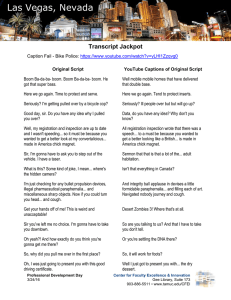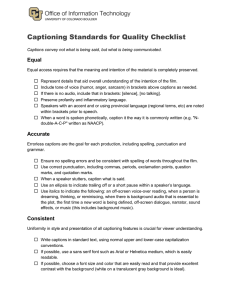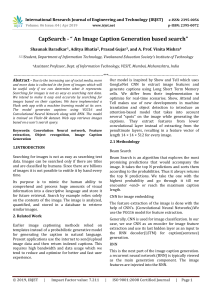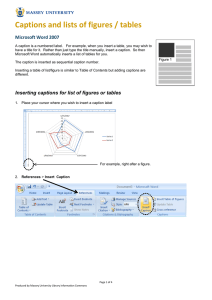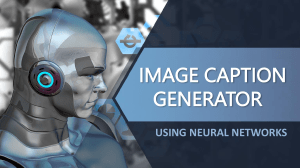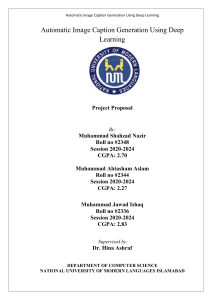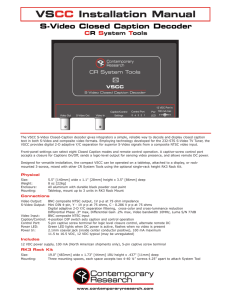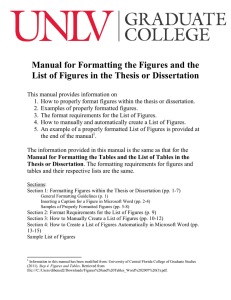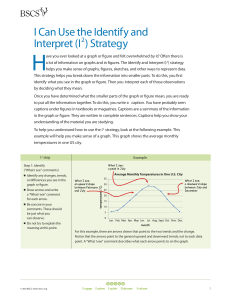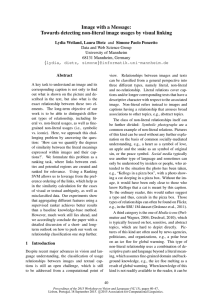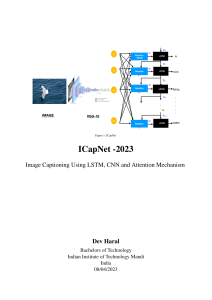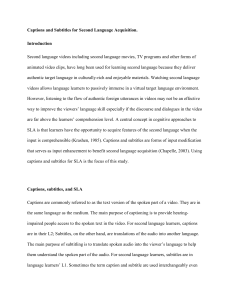modified ACM template
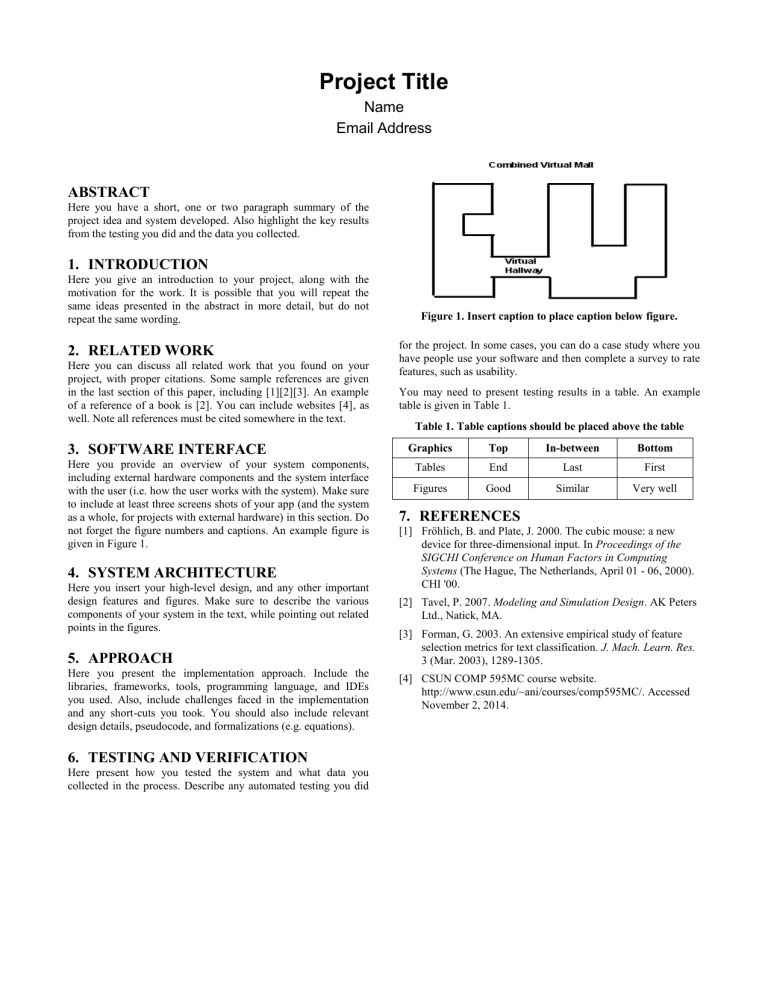
Project Title
Name
Email Address
ABSTRACT
Here you have a short, one or two paragraph summary of the project idea and system developed. Also highlight the key results from the testing you did and the data you collected.
1.
INTRODUCTION
Here you give an introduction to your project, along with the motivation for the work. It is possible that you will repeat the same ideas presented in the abstract in more detail, but do not repeat the same wording.
2.
RELATED WORK
Here you can discuss all related work that you found on your project, with proper citations. Some sample references are given in the last section of this paper, including [1][2][3]. An example of a reference of a book is [2]. You can include websites [4], as well. Note all references must be cited somewhere in the text.
3.
SOFTWARE INTERFACE
Here you provide an overview of your system components, including external hardware components and the system interface with the user (i.e. how the user works with the system). Make sure to include at least three screens shots of your app (and the system as a whole, for projects with external hardware) in this section. Do not forget the figure numbers and captions. An example figure is given in Figure 1.
4.
SYSTEM ARCHITECTURE
Here you insert your high-level design, and any other important design features and figures. Make sure to describe the various components of your system in the text, while pointing out related points in the figures.
5.
APPROACH
Here you present the implementation approach. Include the libraries, frameworks, tools, programming language, and IDEs you used. Also, include challenges faced in the implementation and any short-cuts you took. You should also include relevant design details, pseudocode, and formalizations (e.g. equations).
6.
TESTING AND VERIFICATION
Here present how you tested the system and what data you collected in the process. Describe any automated testing you did
Figure 1. Insert caption to place caption below figure. for the project. In some cases, you can do a case study where you have people use your software and then complete a survey to rate features, such as usability.
You may need to present testing results in a table. An example table is given in Table 1.
Table 1. Table captions should be placed above the table
Graphics
Tables
Figures
Top
End
Good
In-between
Last
Similar
Bottom
First
Very well
7.
REFERENCES
[1]
Fröhlich, B. and Plate, J. 2000. The cubic mouse: a new device for three-dimensional input. In Proceedings of the
SIGCHI Conference on Human Factors in Computing
Systems (The Hague, The Netherlands, April 01 - 06, 2000).
CHI '00.
[2] Tavel, P. 2007. Modeling and Simulation Design . AK Peters
Ltd., Natick, MA.
[3] Forman, G. 2003. An extensive empirical study of feature selection metrics for text classification. J. Mach. Learn. Res.
3 (Mar. 2003), 1289-1305.
[4] CSUN COMP 595MC course website. http://www.csun.edu/~ani/courses/comp595MC/. Accessed
November 2, 2014.
